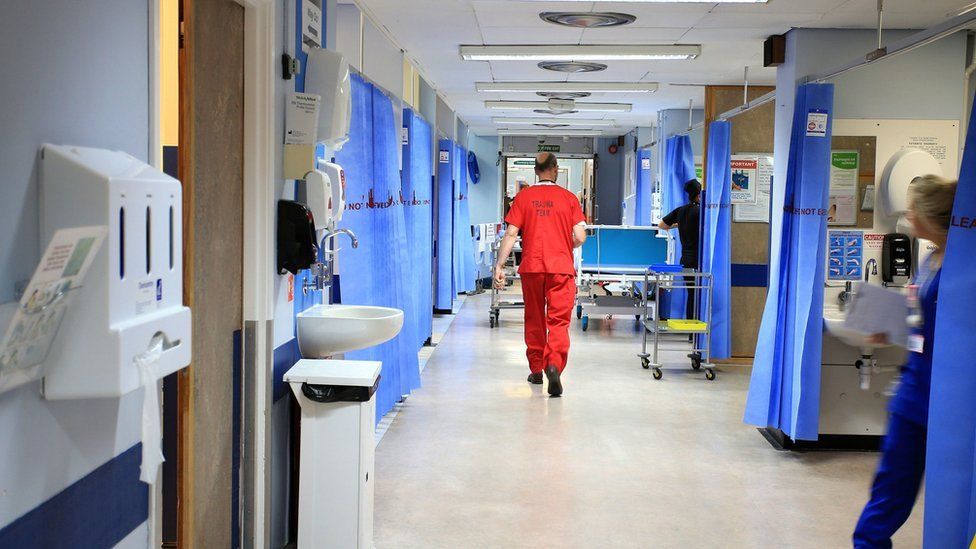
The number of people seen at Scotland’s emergency departments within four hours has continued to stagnate, dropping slightly in the past week.
Figures released for the week up to July 2 show 68.8% of people who went to A&E were seen and admitted or discharged within the four-hour target.
The figure dropped slightly from the previous week, when it was 69%.
The Scottish government said it was working to reduce delayed discharges, which causes blocks in the system.
It aims to have 95% of people seen in the target time, but that figure has not been hit since the early months of the pandemic.
According to the figures, of the 25,394 attendances at A&E, 600 waited longer than 12 hours, up from 583.
In the same week, the number of people waiting longer than eight hours dropped from 2,102 to 1,966.
A spokesman for the Scottish government said: “Performance against the four-hour target has stabilised.
“However, we know performance is not where it needs to be and we are working closely with the health boards facing the greatest challenges in A&E, to drive down waiting times and improve services for patients and staff.
“Hospital bed occupancy continues to be a major factor impacting on performance which is why we are working to reduce instances of delayed discharge and are continuing to expand our Hospital at Home capacity.”
‘Working tirelessly’
Scottish Lib Dem leader Alex Cole-Hamilton said it was more than 1,000 days since the A&E target was last met.
“There is no shortage of goodwill and dedication on the part of NHS staff, but they don’t have the beds, safe staffing and resources they need,” he added.
Scottish Labour deputy leader Dame Jackie Baillie said Scotland cannot accept the current A&E performance as the “new normal”.
“Dedicated NHS staff are working tirelessly to deliver the best possible service, but they are being failed by this incompetent SNP government,” she said.
But Scottish Tory health spokesman Dr Sandesh Gulhane said the figures were now the “new norm”.
He said: “That should never be acceptable, yet even at the height of summer our A&E departments remain completely overwhelmed despite the best efforts of dedicated staff.”








